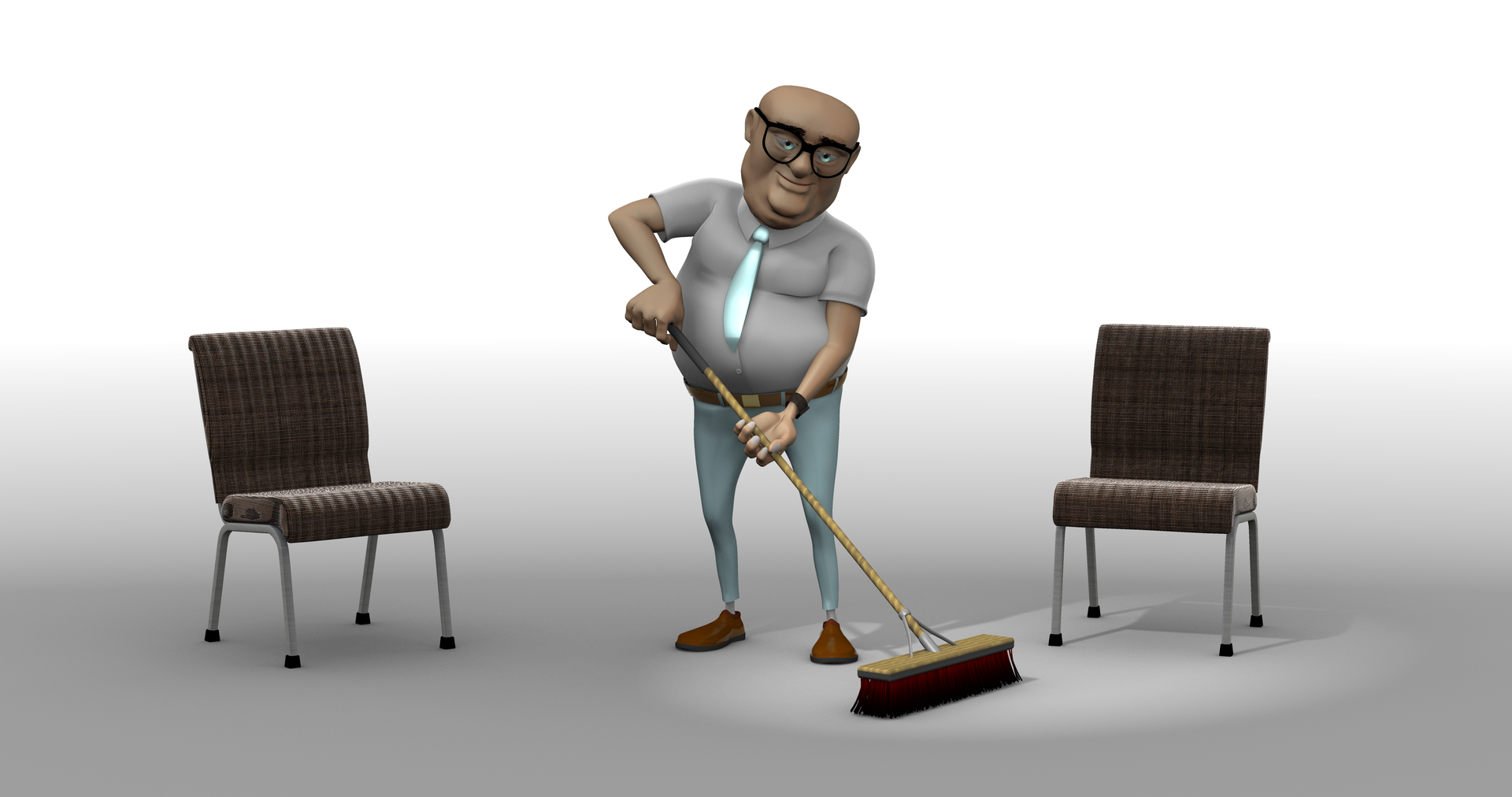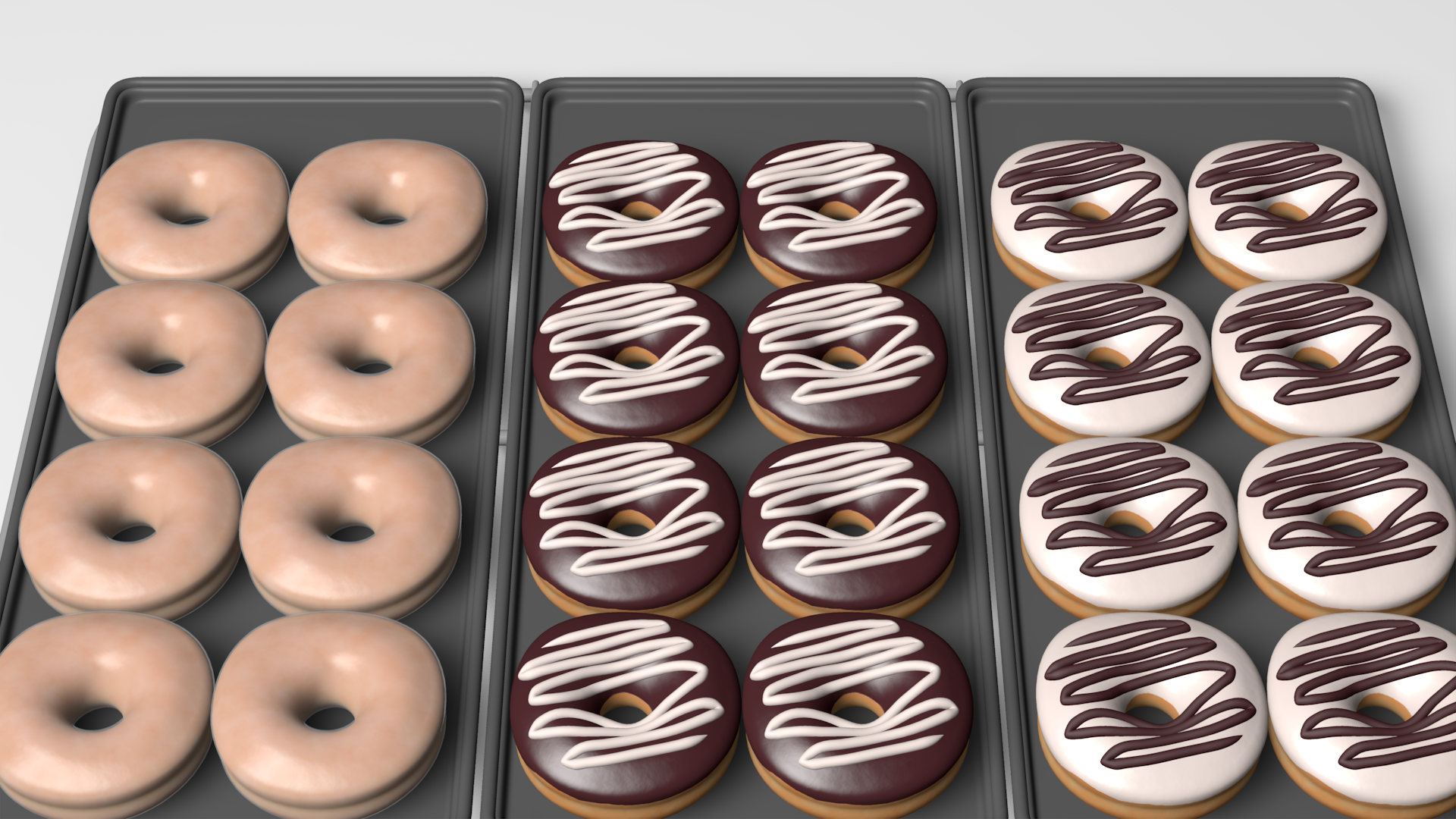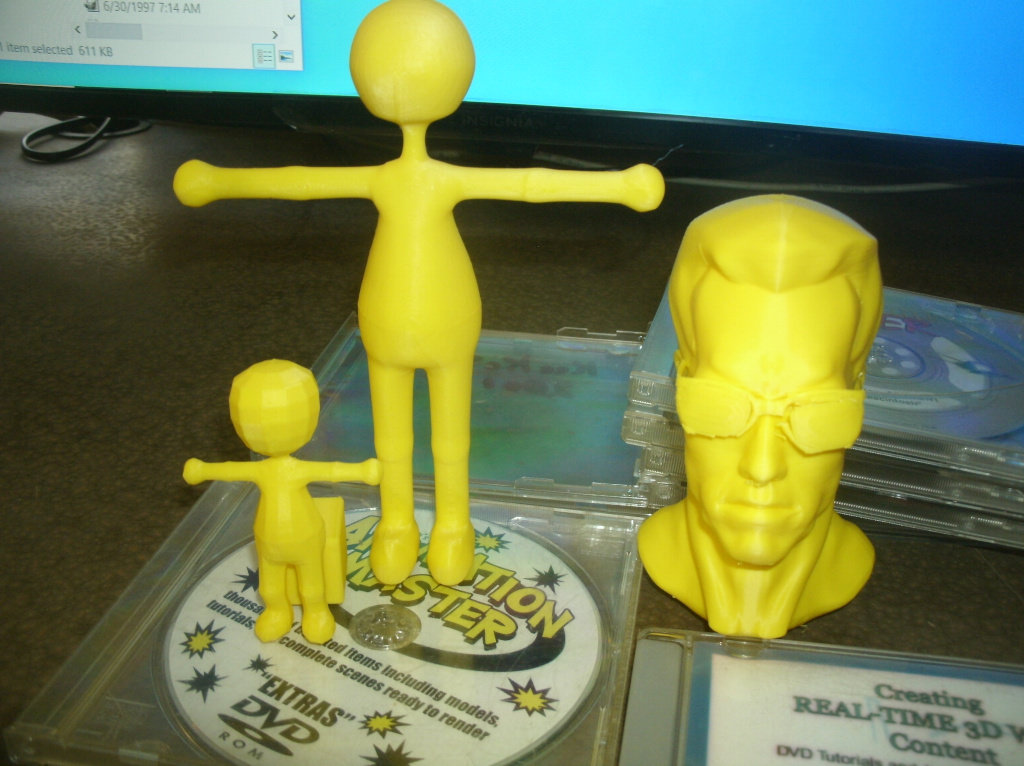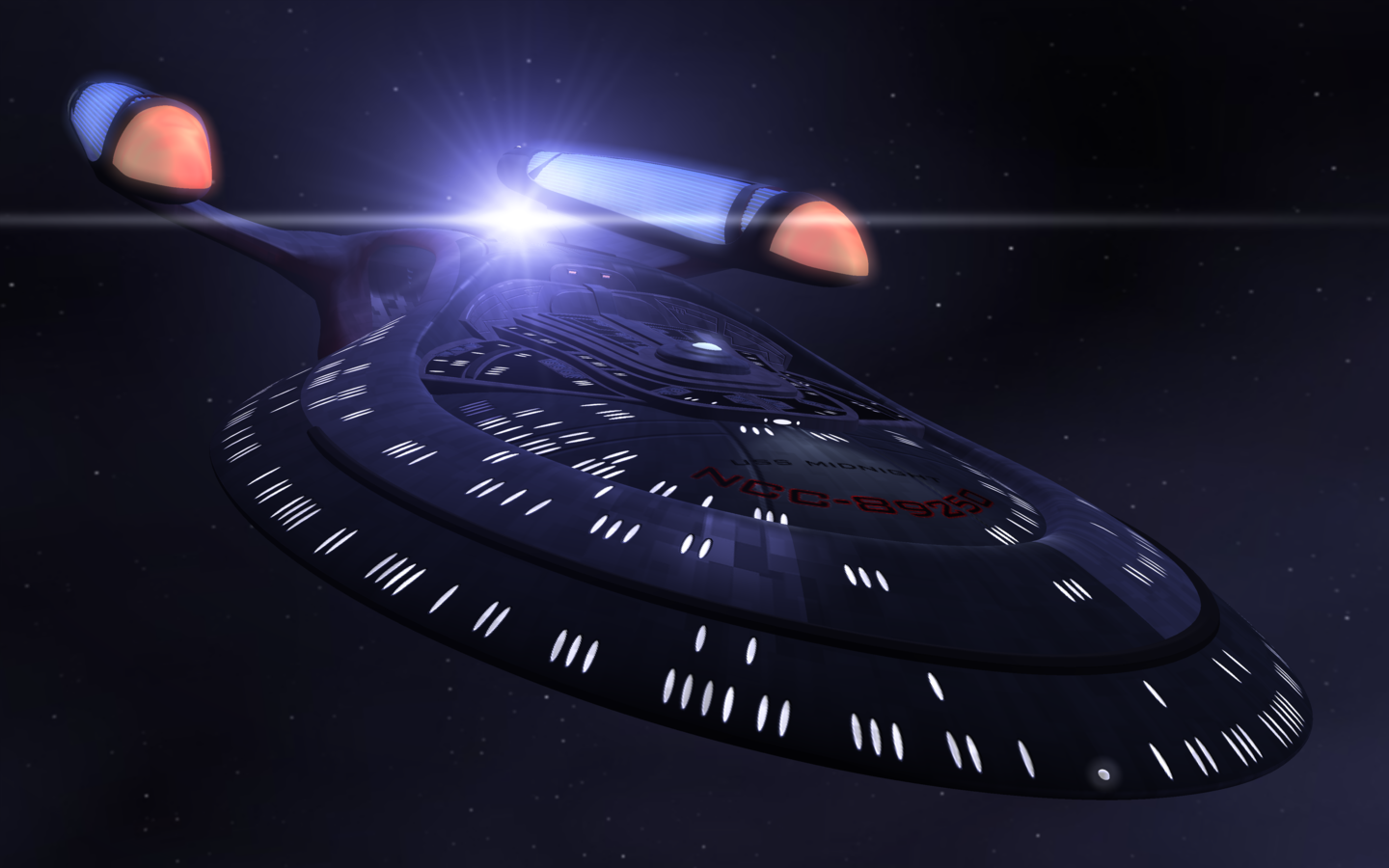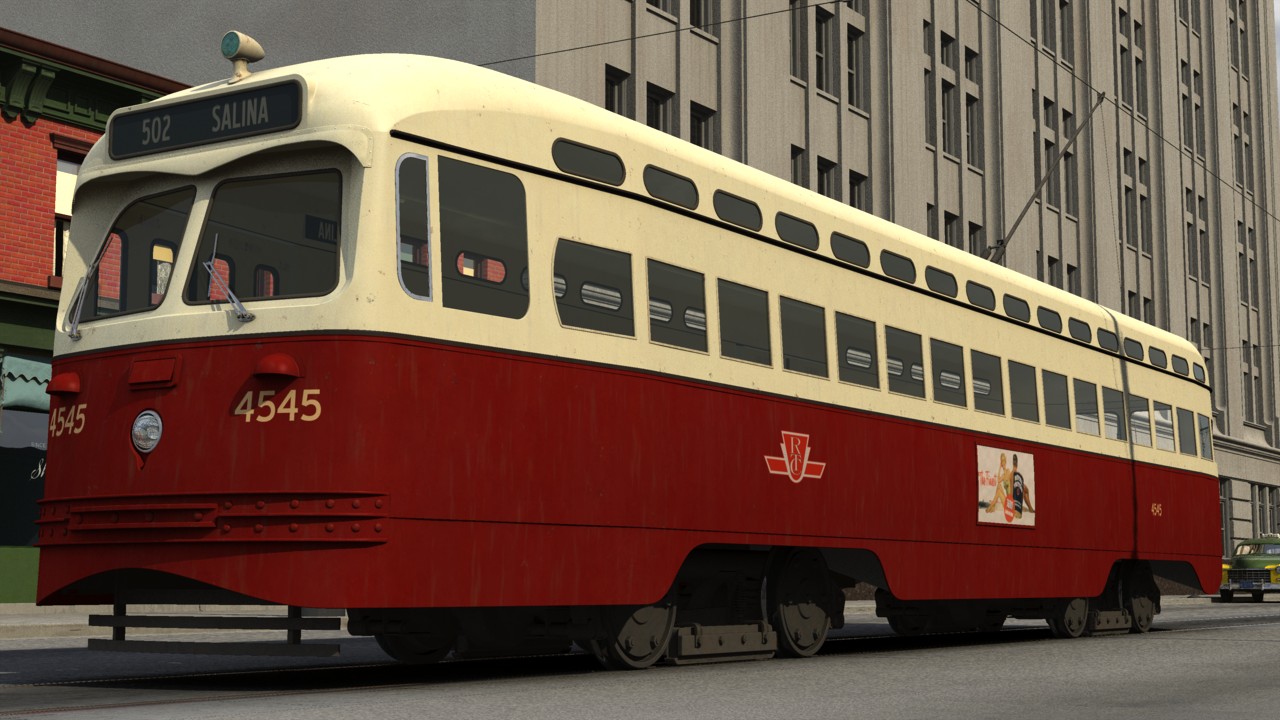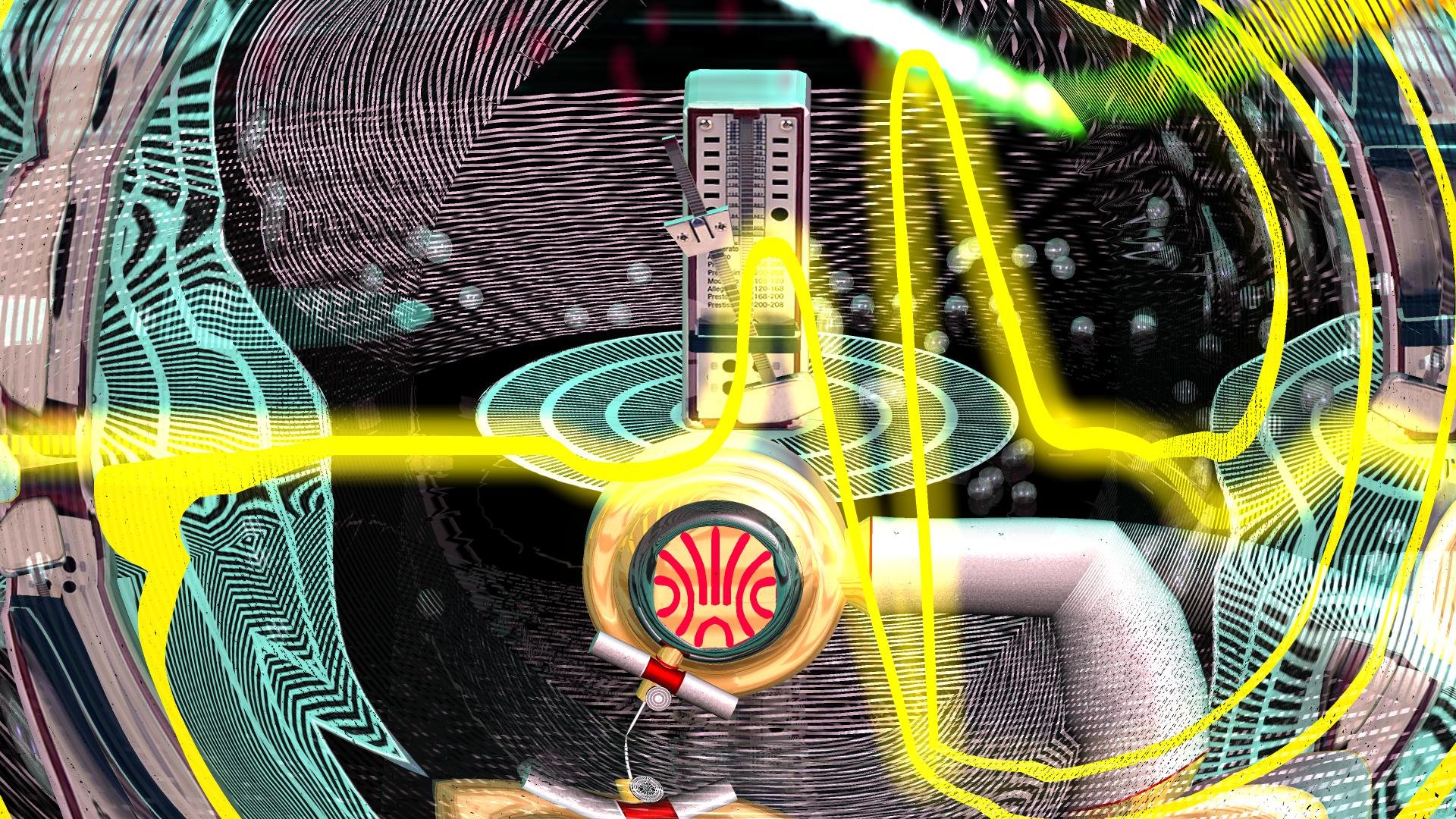-
Posts
5,370 -
Joined
-
Last visited
-
Days Won
84
Content Type
Profiles
Forums
Events
Everything posted by Fuchur
-
It sounds like you are confusing Shortcuts and the actual objects (may it be a light, model, materials, forces, etc.). The actual model / material / etc. is first created. It will be the place to manipulate anything at first. After that you use a Shortcut / Link / Reference of these models / materials / etc. to assign them to for example a chor or a model (models can be put in chors, materials for example can be dropped at models / groups). If you change the material itself, all the shortcuts will automatically update themselves too. This is true as long as you didnt override the values of the material on a shortcut. A shortcut itself can be manipulated to create for example an animation (ie animate surface-color from blue to red). If you did this in the chor (for instance) the model-properties will be overwritten by the shortcut-properties. In Short: As long as you didnt change anything other than position / rotation / scaling in the chor, the properties of the object will always be referenced by the shortcuts. This is very useful if you need to change something in the middle of the process through all your chors, etc. (actually this is although true for position / rotation / scaling but these are most often changed in the chor...) You created an alien which has a green skin? You already animated it in serveral chors (because you spot will take place in several places, etc) and so on and now you think "It would just look cooler if it was red..." No problem: Change the model itself and all the shortcuts used in your chors will update. You dont have to set the color for all your chors each by itself again. However: Lets say in one of the chors your aliens head turns from green to yellow (because he is jealous, or so)... Now you have overwritten the basic color of the model in the chor (or a pose...) and you will have to update this chor manually. It is very logical if you think about it: Anything done before is as long referenced till you change it in a later productionstep but you can go to any productionsstep in your process again and change something there. So in many cases: The first appearance of the property (let it be surfacecolor or something else) should be changed unless you need to do it later (for animation-purpose). Hope this helps *Fuchur*
-
It is very cool One thing it laggs so is a "material effector list" (so you can specify which objects are effected and which are not, like a Lightlist does for lights...) In these situation where you have to do that you will need to animate a gradient-material. Gradientmaterials are less not that well to handle and cant be positioned with the mouse-pointer (and cant effect several different objects) but they can be used at only one object. The best thing possible would be a materialeffector with a "material-effector-list" and one that could be specified like a boolen cutter, so that you could give it any kind of shape. With that it would be one of the most powerful tools... today it is very handy too, but we will see what can be done in future... I have written a report for that. *Fuchur*
-
A material-effector is a "dummy"-object that can be placed over another object with an influence-area (a bit like a light). You can assign a material to the material-effector and where it hits the underlying geometry, it will replace the material of the underlying object with the one applied to the material-effector. Like that you can very precisely change a surface-attribute (and other stuff like bump, etc.) at a specific area. The material-effector can be moved in 3d-space as a own very precisly positionateable effect. One of the most famous examples is the burning-planet / burning astroid-example that can be found here: Material effectors in animation See you *Fuchur*
-
I think I got why it is necessary to use negative values... I understand that there are colors not seen at first which can however be used to bring more informations into visible-color-space in postproduction or being used by algorithms like post-pro-dof, etc. What I couldnt wrap my head around is, why I couldn't specify a value of (ie) 150 as black and n (representing the possible color-space - a certain amount) as white (just and example)... but when I think about it, this would not let me much space to shift down (only 150 values). With negative values I am able to shift my numberspace of 32bits even further down if needed. Okay... I think I got it. Thank you for all the informations about that and explaining it to me *Fuchur*
-
Very interesting.... so what I dont understand: Floating-Point-Channels provide obviously a very high amount of different possible values for a channel but wouldn't a 32bit-integer-values although provide much more information than a 8bit-integer? Why cant I create the effects / "deeper" color-values with that too (so a bit less accurate than a floating-point)? *Fuchur*
-
There are different possibilities... ( I hope I understood you right): 1.) Use Particles. Set up an emitter, give the particles a very high lifetime and a velocity of 0. Now move the emitter (for example with a path and a path-constraint or a surface-constraint along the "line" you need to draw. 2.) Do it in post with masks. (this is one of the most important reasons why I use AE). For that create a tube-like geometry along the line you want. The ball should follow this geometry. Now render out the tube only and after that in a second imagesequence the building, after that render the ball in a third imagesequence. Now combine them in AE. Use a Mask to hide the parts of the tube that are not visible at the time and animate the masks over time. The ball should be your indicator how far you have to go with the mask. --------------------------------------- 2.) Will render much faster but will although need more work from you in post and is limited when it comes to 3d-movement. (Camera-view has to be choosen visely). See you *Fuchur*
-
Go to "Tools > Customize > Keyboard" and click on "Export". That will generate a HTML-list with all the shortcuts and you can of course change them there too. *Fuchur*
-
A:M can render to OpenEXR-files. Have a search for OpenEXR or LightBuffers and you should find some useful informations. See you *Fuchur*
-
Hi! The other way to do it: 1.) Open a modeling-window. 2.) (rightclick) in the modeling-window (at a free space). 3.) In the menu click on "New > Rotoscope". 4.) Choose the image you want to have as a rotoscope. See you *Fuchur*
-
Q6600 is a good processor, but it is outdated today... it will (if A:M handles it like the average benchmark) be a bit less fast than AMD Phenom II 945 / 955 but still not bad. The 945 is not equipped with a open multiplicator, or? Otherwise I would recommend to overclock it a bit... should work quite nice on the AMD PIIs. See you *Fuchur*
-
"Right Mouse Button" ->
-
Pose or Action is needed... *Fuchur*
-
Just to mention it: Preview-Renderings are faster. -> green Buttons. But Final Renderings aren't. For the non-programmer that sounds odd, but this is because of many final-rendering-operations which are not programmed to be multithreadable. NetRenderer is for several computers, not for several cores! That means, you can get much out of it with 100 single-core-pcs but not with a 4-core-system. For that you should open instances, etc. *Fuchur*
-
Looks like Hisako was asking about the 'Translate To' and 'Orient Like' constraints- which are the most common ways of constraining a prop like a hammer to a character's hand. I think he is asking about deformation too... *Fuchur*
-
It is more or less Nancies Plugin (I think it is called "Dress me Up" or something like that) and maybe Resurface from Steffen for Poser. But this is not possible for Props, because of the whole polygon-thingy. See you *Fuchur*
-
Try "Surface Baking". You will need v15 for that. - Go to the model you want to bake. - Rightclick in the modellingwindow. - Choose (with Shift-Button pressed) "Bake Surface". - Choose a texturesize. > Trial and Error is the best way to determine what you need. - Delete the material-shortcut from the group it is attached to. This may help in certain situations, but it is not always faster, depending on the texture-resolution, etc. *Fuchur*
-
Did you make a keyframe at the time exactly before the toes SHOULD go up? *Fuchur*
-
You will need a composition-programm like AE or Fusion. *Fuchur*
-
This has to do with the interpolationmethod of the keyframes. Go to the timeline-window and activate the curve-mode (not the keyframemode). You will see what is happening by looking on the curves. Two possibilities to solve that: - Use the bias-handlers on the curves in the timelinewindow. - Change the interpolation-method to linear or Zero Slope. *Fuchur*
-
Here is a tutorial I did a few month back... Have a look at this Thread... you should get a couple of new informations there: Z-Depth? - Thread *Fuchur*
-
Yes it is a very good one... I still like it very much even so I saw it several times... *Fuchur*
-
Isnt this what the Null-Shader does? *Fuchur*
-
Yes, it can be created by that. However you have level the resulting Depth-Map, because it is 16 or 32 bit and will show as a black image if you dont do that. *Fuchur*
-
Although watch for groups... you have to ungroup everything and save it as AI8. Works for me with CS3. *Fuchur*
-
Use Page UP / Page DOWN. These settings can be changed by "Options > Rendering" too, but oyu have to go from "Final" to "Shaded" there to get the option needed. Even better: Add the Draw / Views-Toolbar to your toolset. I have a tutorial for setting up A:M on my website (see signature). *Fuchur*

